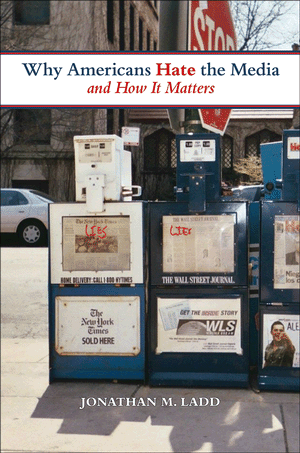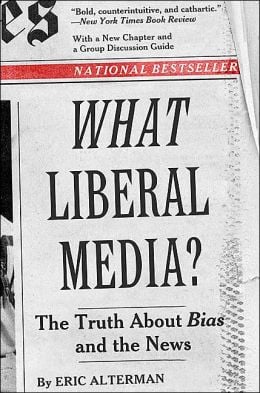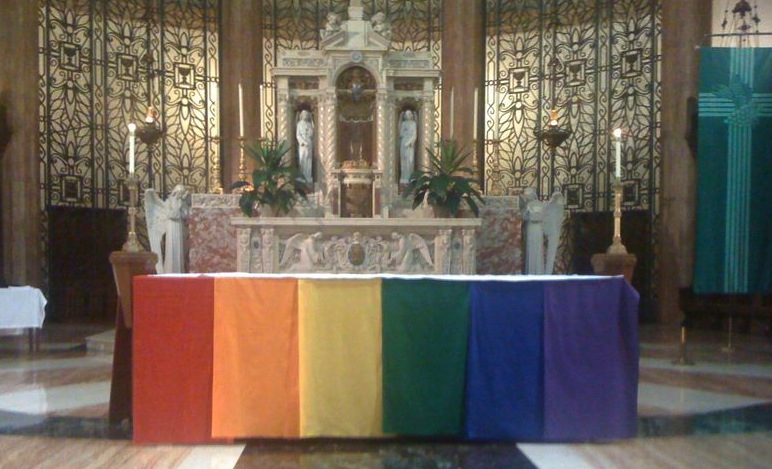It’s time for a quick dip into my unusually thick GetReligion folder of guilt, that place where I stash stories that I know deserve a bite of criticism, but more pressing matters (think Syria) keep pushing them back in the cyber-queue.
The other day, The New York Times ran what was essentially a work of hagiography in praise of U.S. Supreme Court Justice Anthony M. Kennedy. There is not a single surprising word in this story, not a random thought that would upset the loyal community of Times readers who view it as holy writ and would be quick to challenge any violations of orthodoxy.
Also, I realize that — hello former editor and now columnist Bill Keller — as a tolerant, urban, intelligent source of information, there is no need for the Times team to provide any balancing or challenging information in this work of advocacy journalism.
Nevertheless, I do have a question about an interesting piece of information (yes, a religion ghost) that is missing in this report. We’re talking about basic information, here, not opposing points of view.
Now, note that — right up top — the key to the story is that gay rights leaders have been surprised by the strength of the justice’s convictions on this issue. In fact, they had reasons to believe he would not support their cause. Thus the headline: “Surprising Friend of Gay Rights in a High Place.” Here is the lede and then a crucial chunk of background material:
The San Francisco Gay Men’s Chorus sang “Give ’Em Hope” for a revered and in some ways surprising guest who shared a California stage with them last month: Justice Anthony M. Kennedy.
And later:
The praise now being showered on Justice Kennedy by gay rights advocates — and the deep disappointment of conservatives — would have been hard to imagine when President Ronald Reagan nominated him to the Supreme Court in 1987. Gay rights groups were more than a little wary then. On the federal appeals court in California, where Justice Kennedy had served for 13 years, he heard five cases concerning gay rights. He voted against the gay rights claim every time.
“I have to say that Kennedy seems rather obtuse on important gay issues and must be counted as a likely vote against us on most matters likely to come before the Supreme Court,” Arthur S. Leonard, an authority on gay rights at New York Law School, wrote in The New York Native, a newspaper that focused on gay issues.
The justice’s trajectory since then has been a product of overlapping factors, associates and observers say. His Supreme Court jurisprudence is characterized by an expansive commitment to individual liberty. He believes that American courts should consider international norms, and foreign courts have expanded gay rights. His politics, reflecting his background as a Sacramento lawyer and lobbyist, tend toward fiscal conservatism and moderate social views. And he has long had gay friends.
Yes, Kennedy is a Republican, the story notes, but he is a California Republican. Good point, that. Culture and context are important.
However, there is an interesting “C” word missing in this piece, a word that probably had something to do with the original decision by Reagan & Co. to put Kennedy on the high court.














